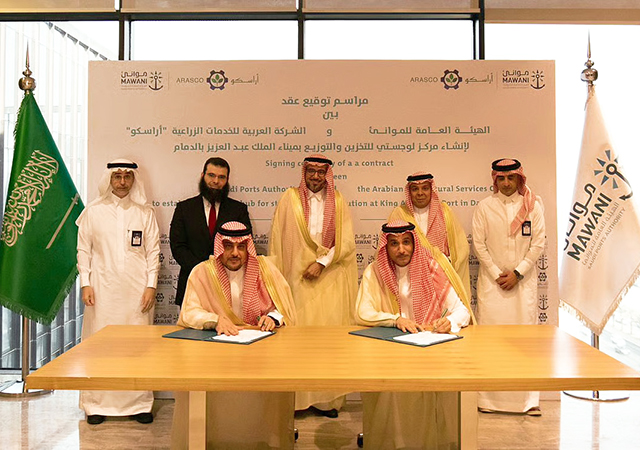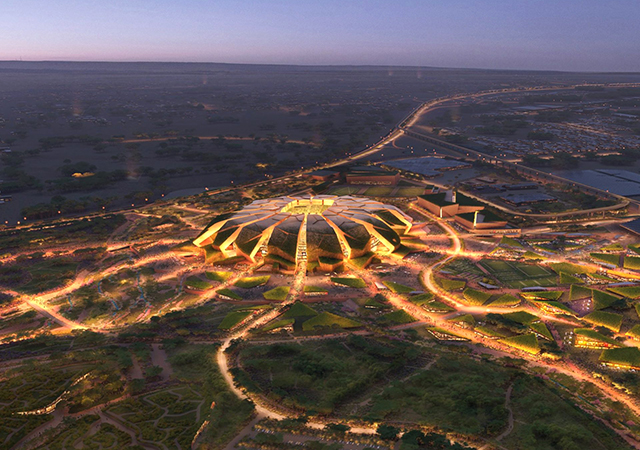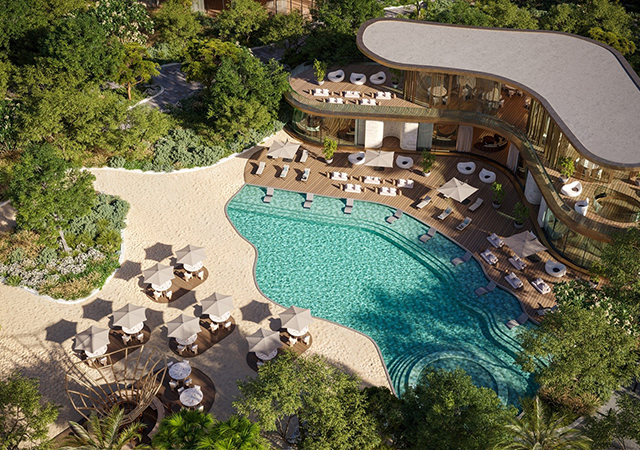 Emirates Towers … a PPG-supplied project.
Emirates Towers … a PPG-supplied project.
PPG Industries, which is celebrating its 125th anniversary this year, looks forward to an accelerated growth in the Middle East markets, especially following its recent acquisition of SigmaKalon and the establishment of a blending facility in the UAE.
In January this year, PPG commissioned a blending facility in Jebel Ali, Dubai, which includes a high-tech supporting laboratory with colour-matching and testing capabilities. The facility focuses on the production of two of the company’s most popular coating segments in the region – namely, coil and extrusion (PVDF) coatings and general industrial finishes.
“Given the region’s increasing focus on sustainable and design-led construction, we see the region as an exciting market for our products, especially our coil and extrusion coatings, which are used in a wide range of applications,” says Sinan Nader, regional sales manager, PPG Industrial Coatings, part of PPG Industries-Middle East regional head office, based in Dubai.
Among the major coatings that are being produced at this facility are Duranar Coatings, which have been used on a number of landmark buildings in the UAE including the Emirates Towers, the Dubai Chamber of Commerce building, Dubai International Airport and the Abu Dhabi Investment Authority (ADIA) building in Abu Dhabi, according to Nader. Worldwide, they have been used on iconic projects such as the 492-m Shanghai World Trade Centre, Louvre Museum in France and Empire State building in the US.
“PPG’s Duranar Coatings are the most trusted and specified in the business around the world and, together with our Coraflon and other fluoropolymers, acrylics, polyesters and waterborne coatings, they offer options that are extremely durable and aesthetically pleasing,” he adds.
Duranar is a registered trademark and Coraflon is a trademark of PPG Industries.
Duranar high-performance coil and extrusion coatings combine PPG’s proprietary resin and pigment technologies, with 70 per cent of the resin system consisting of fluoropolymer resins. These coatings are based on polyvinylidene fluoride (PVDF) resins that deliver outstanding exterior durability, according to Nader.
Says Nader: “They have been proven in more than 40 years of applications under the toughest environmental conditions. Duranar coil and extrusion coatings meet the industry’s toughest performance specifications, including AAMA 2605, BBA and British Standards. The coatings are chemically inert and provide resistance against colour and gloss fade as well as environmental stress, such as acid rain and UV (ultraviolet) exposure.”
In addition, Duranar Coatings provide the highest level of protection against abrasion and erosion. This is especially important for use in the Middle East where sand abrasion is a major issue.
Coraflon, which are second-generation fluoropolymer coatings from PPG, meet the weatherability and chemical resistance standards established by PVDF (polyvinylidene fluoride) finishes more than 25 years ago. They deliver design and performance advantages including a rich palette of vibrant colours, a full gloss range from 20 per cent to 80 per cent, excellent adhesion and field recoatability with the ambient cure characteristics of acrylics.
Unlike older-technology fluoropolymers, Coraflon Coatings are thermosetting and cure chemically into a clear, 100 per cent inert fluoropolymer compound. They exhibit a high level of solvent solubility necessary to attain bright, vibrant colours and a wide range of gloss levels.
A global supplier of paints, coatings, chemicals, optical products, specialty materials, glass and fibreglass, PPG has more than 150 manufacturing facilities and equity affiliates. Its sales last year stood at $11.2 billion and last month it reported record sales for the third quarter of $4.2 billion, surpassing the prior year’s third quarter results by 37 per cent.
Speaking on its 125th anniversary, Charles E Bunch, PPG chairman and chief executive officer says: “We are very proud of our long heritage and our success over the years. We began with one location, one product and a few hundred employees. Today we have operations in every corner of the world, producing thousands of diverse products in more than 60 countries and employing more than 44,000 people.”
PPG’s 125 years of innovation include coatings that protect cars from rust, chemicals that strengthen rubber and protect water supplies, paints that resist mildew and contain no volatile organic compounds (VOCs), optical products that lighten and darken automatically, military coatings for transparent armour protection, and fibreglass for alternative energy applications.
To further strengthen the group’s global leadership position, PPG recently acquired SigmaKalon, a worldwide coatings producer based in the Netherlands, which had sales of $2.9 billion in 2007.
“This acquisition is strongly aligned with our vision and core strategies,” says Bunch. “With SigmaKalon, we are accelerating our transformation to focus on coatings and specialty products. The acquisition will greatly expand our geographic footprint, extend our market presence in various end-use markets, and sharply increase the proportion of sales coming from architectural or decorative coatings.”
SigmaKalon produces architectural, protective, marine and industrial coatings. The company operates 22 major manufacturing facilities across Europe and other key markets across the world.
One of the regions that the company is keen to expand its geographic footprint through the SigmaKalon acquisition is the Middle East, especially given the exciting and design-led construction that’s taking place across the GCC.
Already, PPG is beginning to reap the benefits of the SigmaKalon acquisition. PPG’s Architectural Coatings EMEA (Europe, Middle East and Africa) segment, which represents the largest business from the SigmaKalon acquisition, registered sales of $632 million for the third quarter, up a double-digit percentage over SigmaKalon’s corresponding sales in 2007.
The acquisition of SigmaKalon has also reflected positively on PPG’s sales of both the performance coatings and the industrial coatings segments.
Commenting on the group’s commitment to innovation, Nader says: “Our technologies span the field of coatings and finishes, and our research and development activities in Europe and the US are constantly refining and improving the chemical and physical attributes of our coating systems.”
PPG, for instance, has a leading technological solution to provide its customers with more flexible production lines and cut down lead time. Explains Nader: “The new PPG production concept of ‘intermixability’ has been conceived to cut down lead time, to provide customers with more flexibility on production lines, and to reduce both inventory management and environmental problems.
“The EZ-mix dispensing system automatically produces a specific coating formulation from a selection of basic colour pastes and varnishes.
Production of quantities of up to five tonnes, with batch-to-batch colour consistency, can now be made ready for shipment in a competitive time frame.
“Customers can also install the PPG EZ-mix dispensing unit at their own plant to gain competitive advantage. The equipment ensures availability of a given formulation in a specific colour within three hours for use on the coating line exactly when it is required. Customers benefit from improved productivity as well as elimination of waste.”






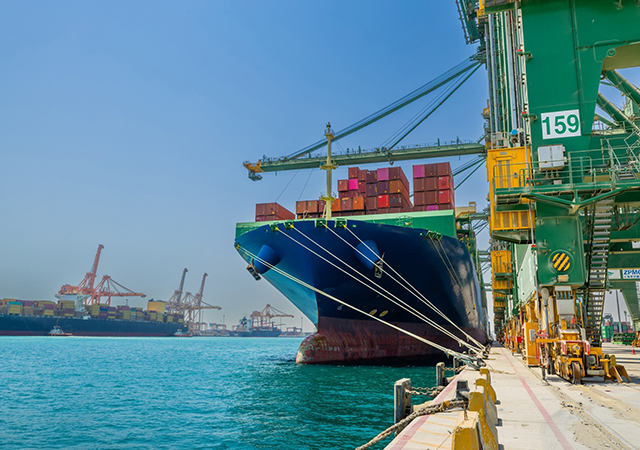
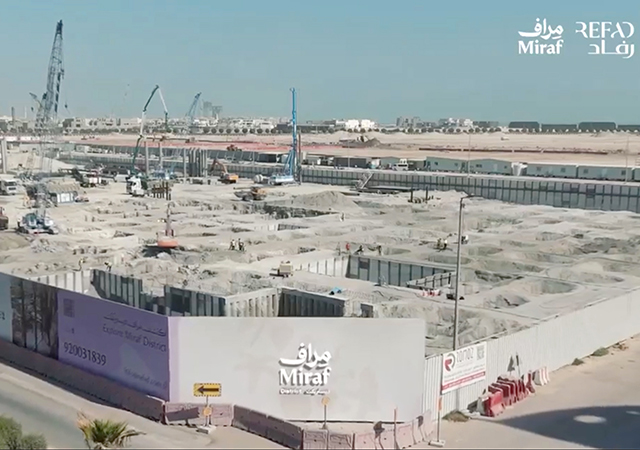
.jpg)




.jpg)

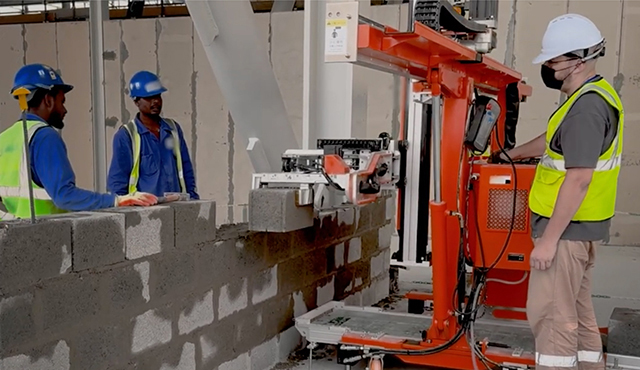

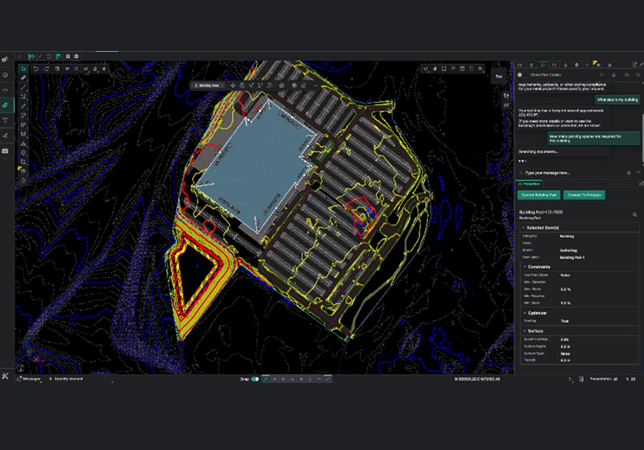



















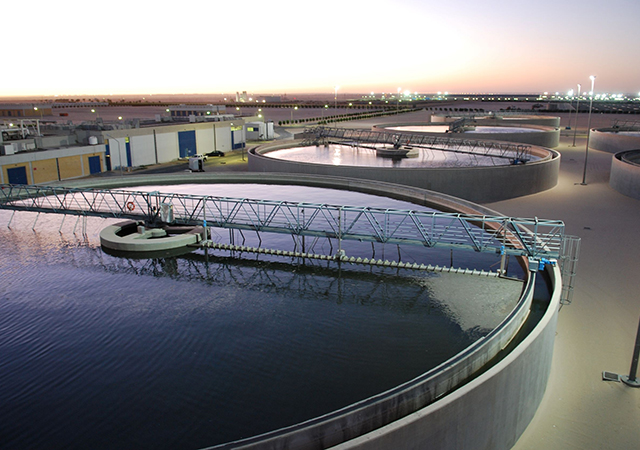


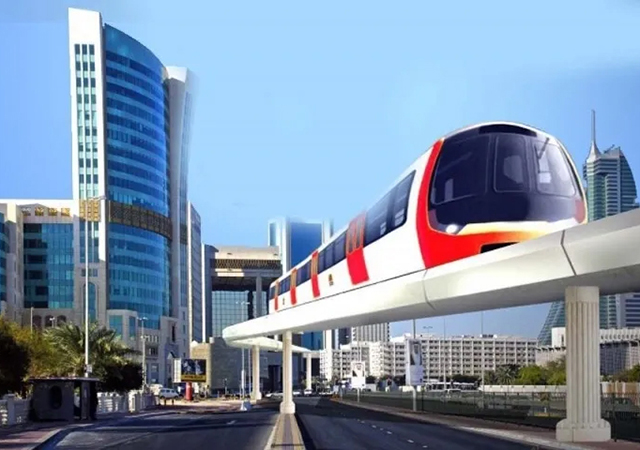

.jpg)




